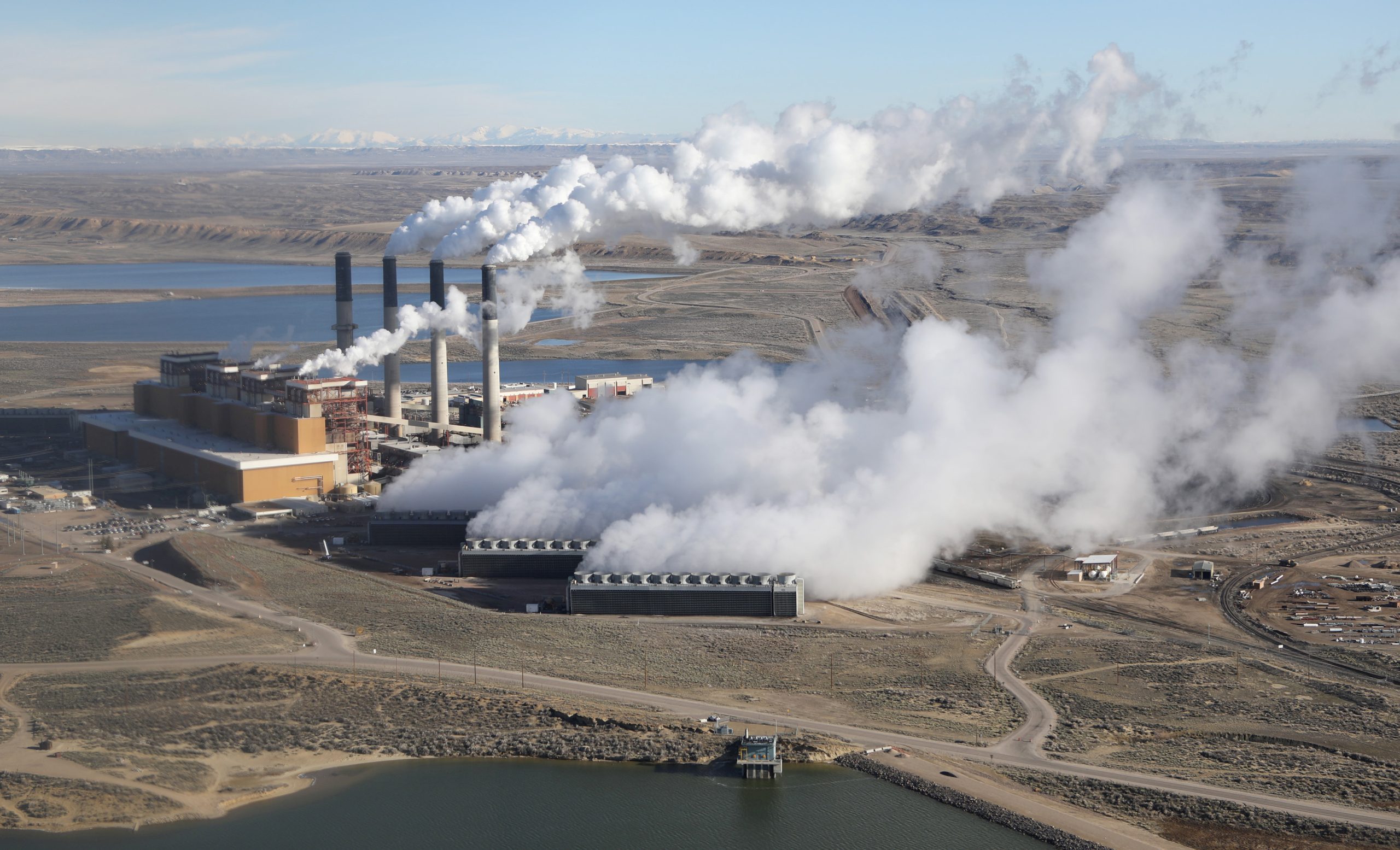A recent decision by the D.C. Circuit Court to uphold an EPA emission rule for integrated iron and steel manufacturing has encouraged environmental activists, including Carolyn McCrady of Gary Advocates for Responsible Development (GARD). The court rejected U.S. Steel’s motion to pause the EPA’s new rule, which establishes stricter emission limits for facilities, despite the company’s opposition.
McCrady expressed cautious optimism, acknowledging that while the rule may reduce emissions, it is only a partial step toward the reductions activists hope to achieve. The decision was part of a broader case involving U.S. Steel, Cleveland-Cliffs, and the Clean Air Council, with the court directing all parties to submit a joint proposal for proceeding.
The EPA’s rule targets hazardous pollutants from major parts of steel plants, such as sinter plants, blast furnaces, and oxygen furnace shops, and mandates compliance with maximum achievable control technology (MACT) standards. While the EPA and advocates argue the rule is a necessary step to protect public health, U.S. Steel contends it will negatively impact the steel industry, potentially leading to economic harm.
U.S. Steel’s statement emphasized that the EPA did not properly consider factors such as costs and achievability as required by the Clean Air Act. The company claims these oversights could jeopardize jobs and destabilize the steel industry, particularly as it grapples with compliance costs and operational changes.
The court’s decision was not unanimous. Judge Justin Walker, appointed by former President Trump, dissented, arguing that the EPA’s rule could cause irreparable harm by forcing companies to invest in costly new technology prematurely. Walker cited prior EPA findings that emissions from companies like U.S. Steel posed no significant risk to public health.

He emphasized the financial strain on companies that may invest millions in compliance only to potentially see the rule overturned later, leaving them without recourse to recover these costs. His concerns underscore the tension between regulatory demands and industrial costs in the ongoing debate.
Earthjustice, a nonprofit environmental law group, sees the court’s decision as a victory for public health, stating that it prevents further delays in implementing protections for communities near steel plants. Adrienne Lee, a senior attorney at Earthjustice, underscored the significance of maintaining these standards during the litigation, emphasizing that a stay would have further delayed critical protections.
Lee remains optimistic, believing the rule is legally sound and should remain in effect. Earthjustice and GARD argue that the rule’s enforcement is especially urgent in communities already suffering from steel mill emissions.
McCrady highlighted the importance of this rule for Northwest Indiana and other areas with steel mills, citing concerns over local health impacts from pollution. Both GARD and Earthjustice are committed to advocating for the rule’s continuation and potential strengthening, seeing it as a necessary step to safeguard vulnerable communities.
McCrady encouraged public engagement on the issue, urging residents to voice their concerns at public meetings and highlighting the ongoing legal battles as a “chess game” for community health and environmental justice. Activists view the case as an opportunity to push for even stricter protections against steel plant emissions, aiming for a lasting impact on air quality and public health.


